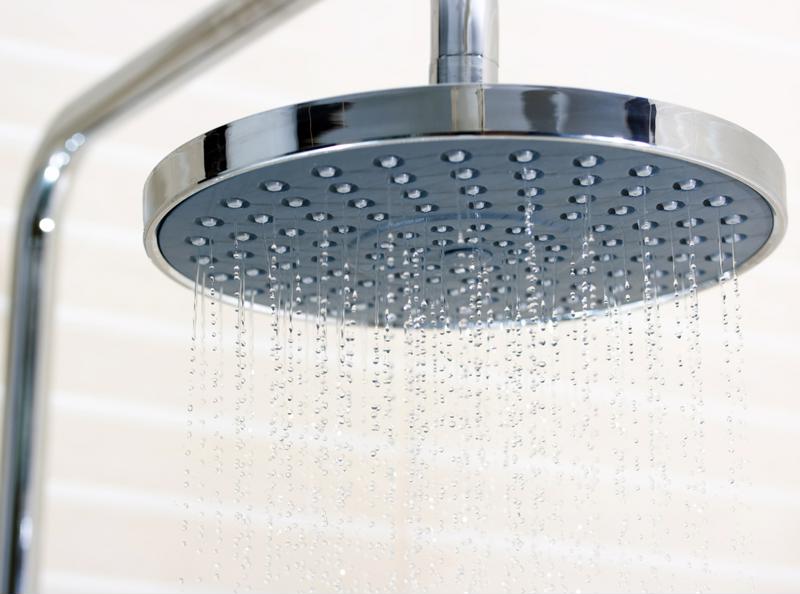3 ways to save water after installing a tankless water heater
If you're interested in saving money on your water bill, it should go without saying that tankless water heaters are the safest bet. Instead of wasting money on obsolete storage heaters that waste energy and are liable to burst and flood your house with rusty water, tankless water heaters only use energy when you're in the shower or at the faucet. In fact, according to a 2013 study by the U.S. Department of Energy, tankless units in the Gainesville, Florida-area were 40 percent more energy-efficient than traditional heaters.
But what if you've already purchased a tankless heater and you still want to make your home a bit more eco-friendly? Fortunately, there are still plenty of ways you can slow your home's water use to a trickle and save money throughout the year.

1. Check the bathrooms
According to the Lower Colorado River Authority, bathroom use accounts for 75 percent of the average home's water usage. Between sinks, bathtubs, showers and toilets, this shouldn't come as any surprise. However, just like how tankless water heaters reduce your utility bills, the LCRA has some recommendations for other efficient appliances to look into as well.
The source noted that, because even short showers use multiple gallons of water, low-flow shower heads can help cut down on water usage without compromising pressure. With a good model, you could save up to 2 more gallons per minute. You should also give the inner workings of your toilet a once-over. Even though it might flush just fine, small leaks in plumbing or cracks in the bowl can slowly chip away at any hope of an energy efficient bathroom.
"You're better off using a dishwasher if you're trying to cut down on your water bill."
2. Use the dishwasher, but sparingly
In most cases, rolling your sleeves up and doing things by hand saves you money in the long run. When it comes to a sink full of dirty dishes, though, the Environmental Protection Agency explained that you're better off using a dishwasher if you're trying to cut down on your water bill.
Dishwashers use less water at much higher temperatures to clean and disinfect your cookware more efficiently than hand-washing. The fact that most people leave the faucet going as they scrub away only contributes to the fact that Energy Star-approved dishwashers cost only $323 to operate for a year, as opposed to $754 for hand-washing.
This doesn't mean you should use your dishwasher to clean a single plate or coffee mug. Wait until it's full of dirty dishes to make the most of the space and water you have.
3. Get the whole family involved
The harsh truth about energy efficient homes is that all your eco-conscious efforts will be for naught if you don't get everybody in your house on board with the plan. This means persuading kids to take shorter showers and turn off the tap when they're brushing their teeth – difficult tasks when dollars aren't even on the line. Try setting up some kind of incentive to sweeten the pot for your kids and your spouse: If you can all manage to save a certain amount on your water bill over the coming months, maybe you'll spend the money on a family vacation.
